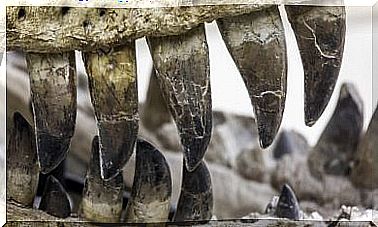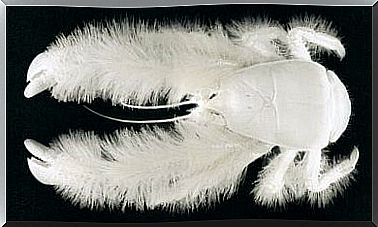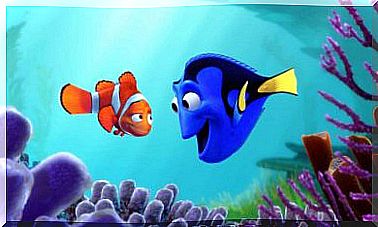5 Curiosities Of The Animals That Inhabit Antarctica
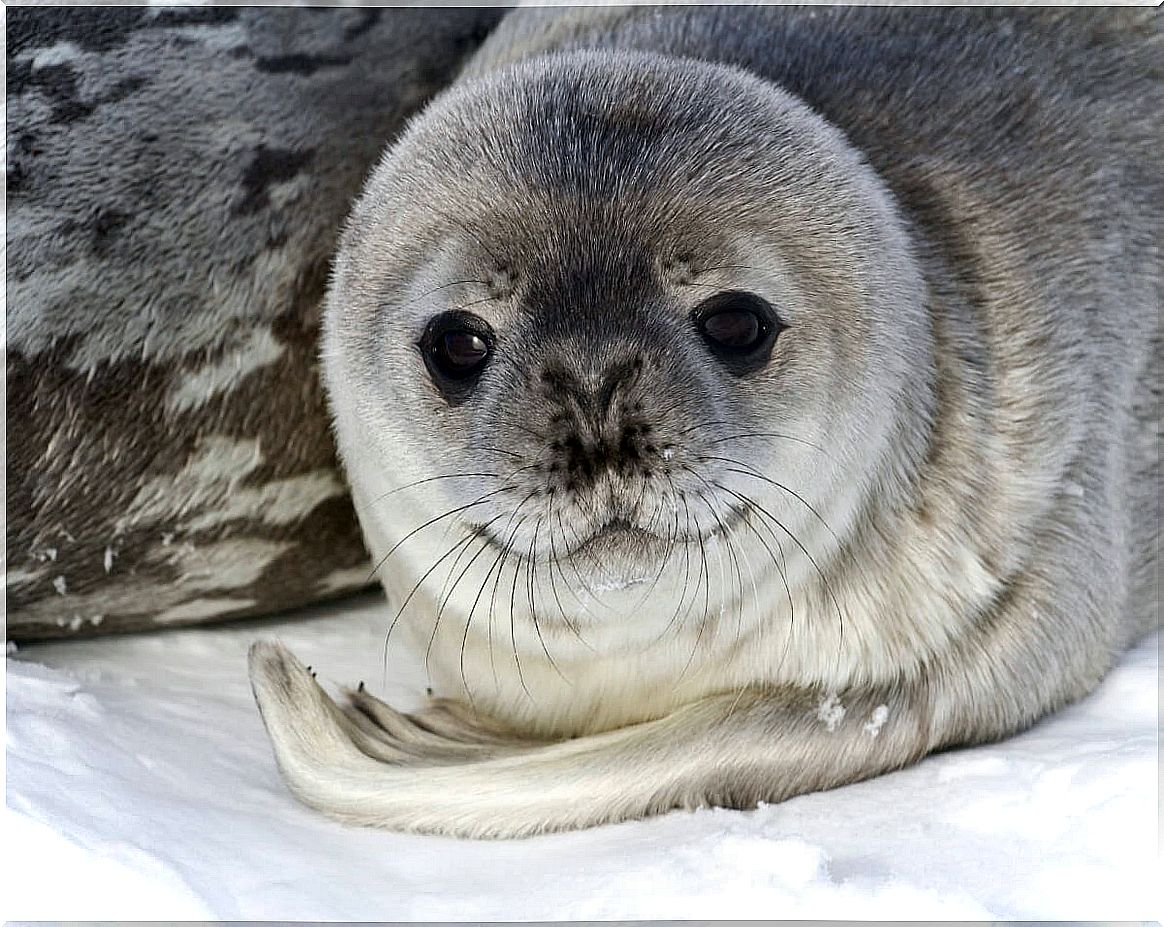
Antarctica is one of the coldest, most unexplored and diverse continents that has been kept a mystery until now. This region is capable of harboring a diversity of fauna that fights every day for its survival: due to the environment they experience, these animals have had to develop various capacities and adaptations to survive.
Nature always finds a way to survive despite having everything against it. Join us in the following lines, because you are going to know 5 curiosities of animals that live in Antarctica that will surprise you.
1. The most important animal in Antarctica is the smallest
Antarctic krill ( Euphausia superba ) is a small crustacean just 6 centimeters long. Its appearance is similar to the common shrimp and tends to feed on the phytoplankton that develops on the sea surface. Because of its size, it is the perfect feast for many species of animals such as seals, penguins and whales.
Despite being so small, this invertebrate provides enough nutrients and proteins, which allow other animals to survive in difficult environments. In Antarctica, the animal diet is made up of quite a few proteins and fats. Therefore, the ecosystem could not support the disappearance of krill, since it would seriously affect other species.
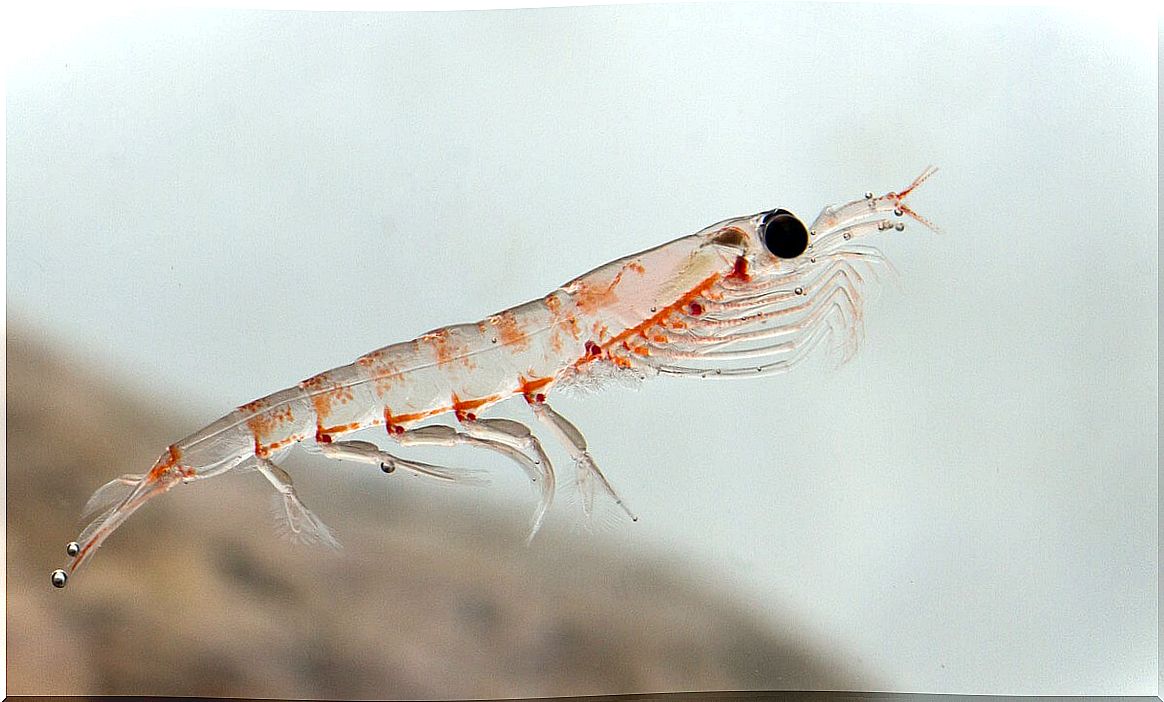
2. In the cold, sizes matter
Extreme climates cause profound changes in the biology of living things, and Antarctica is no exception. To be able to resist the cold, many species have to present robust and large bodies, with the sole objective of storing fat.
In these species, fat serves as an insulator, so the more adipose tissue, the better. For this reason, a large dietary intake is also key in the life of most Antarctic living things.
In any case, it is striking to find animals in this environment with small sizes. For example, emperor penguins ( Aptenodytes forsteri ) are only 1.20 meters tall. Compared to a human, it is a fairly small animal. However, it is still the largest species of penguins.
Compared to tropical penguins – which measure between 35 and 76 centimeters – the emperor penguin is almost 2 times larger. In summary, living beings grow more generally in cold environments, but their biological impositions and genetic inheritance must also be taken into account.

3. Pretty, but dangerous
Despite appearing quite friendly, the leopard seal ( Hydrurga leptonyx ) is one of the most dangerous species in Antarctica. It is so ferocious that it can devour up to 20 penguins in a single day.
Its diet is so varied that it can consume krill, small seals, birds, penguins, and various types of fish. All this is possible thanks to its large size, since this mammal measures between 3 and 3.6 meters. With these measurements, it is listed as the second largest seal in Antarctica.
This seal tends to be quite aggressive and attack with its sharp fanged teeth, so its behavior is solitary. The only way this seal has found to survive has been by consuming everything it can, but who can judge? In Antarctica, food is the most important thing.
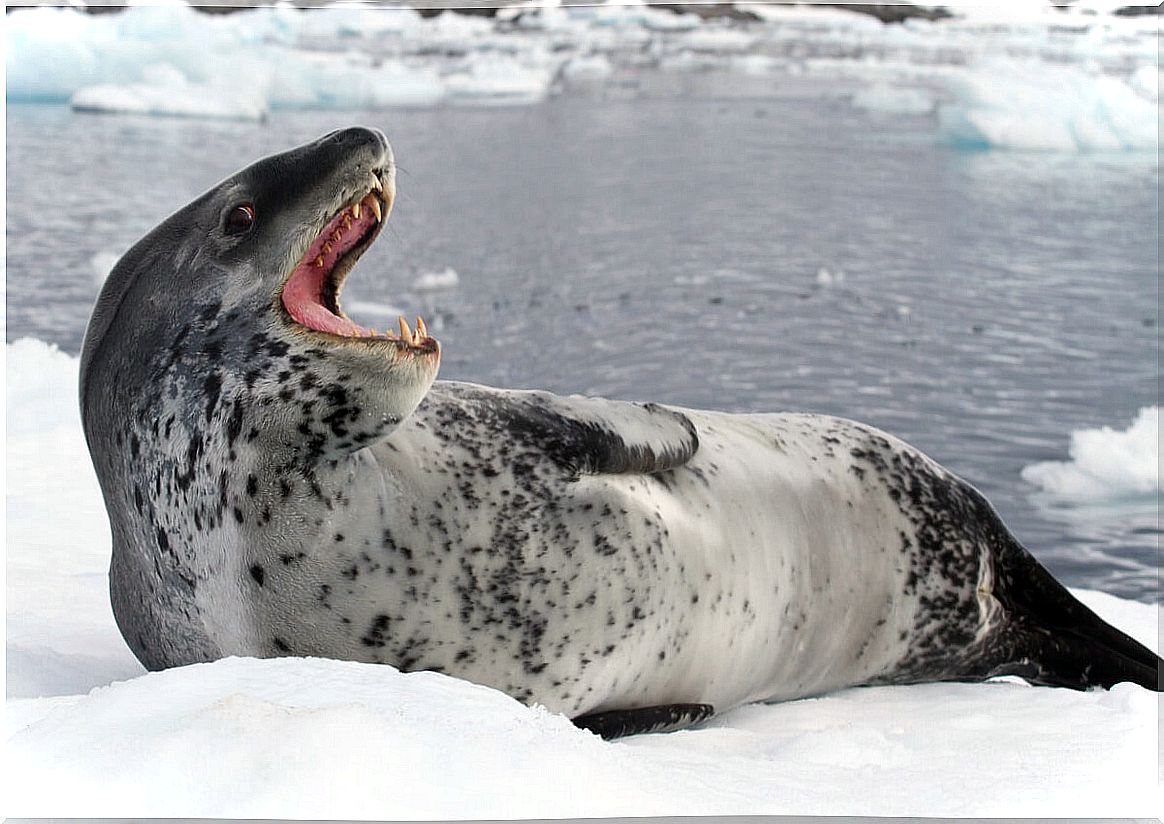
4. The Olympic seal
The gold medal for endurance this time around is Wendell’s seal ( Leptonychotes weddellii ). It is capable of holding up to 80 minutes in water.
Although it is hard to believe, many of the species that inhabit Antarctica are still mammals, which means they have lungs. That is, every time they enter the water to swim, hunt or to move, what they are really doing is holding their breath.
Just for comparison, emperor penguins can last – on average – up to 20 minutes underwater, while Wendell’s seal can last up to 4 times longer. If you try to equate it with the Guinness World Record for humans, which is just 11 minutes 54 seconds, it still completely overwhelms the competition.
This is not all: in addition, this seal has the ability to go down to 600 meters deep. Even so, it is not a rival to whales, sperm whales or cuvier’s calves, which exceed 1000 meters in depth, but do not forget that the seal measures much less.
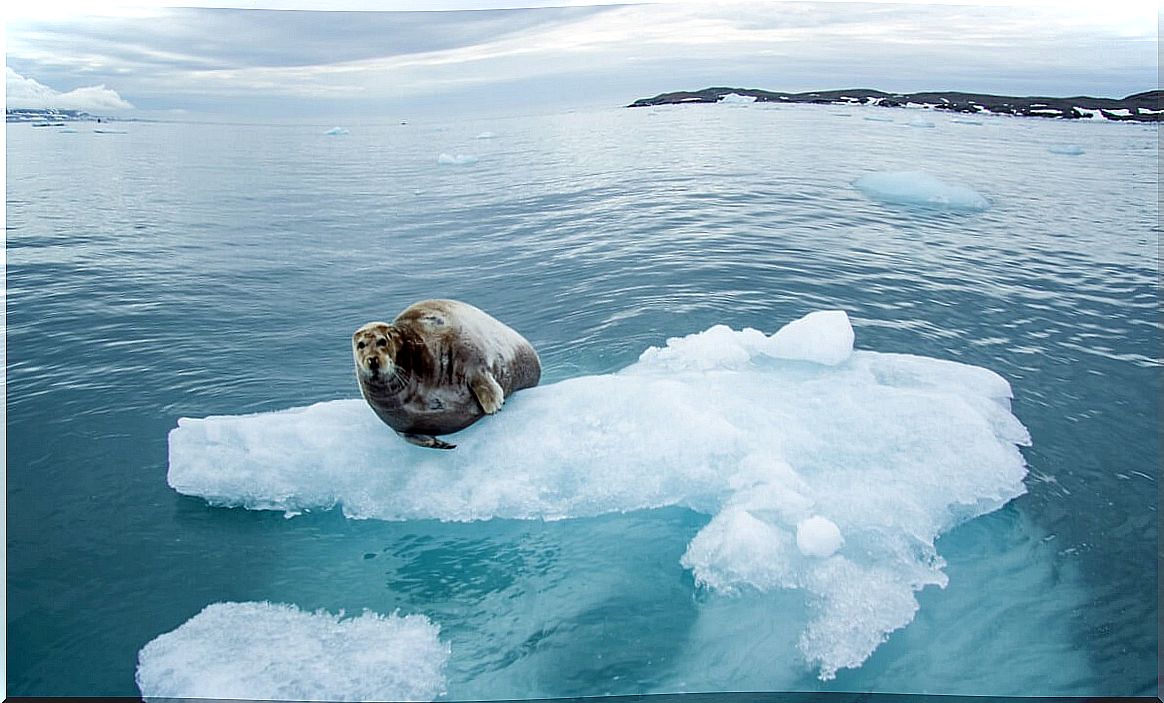
5. Appearance matters too
You’ve probably wondered why penguins walk so weird or why seals look more like a barrel. The answer is simple: the physical characteristics of Antarctic animals are directly related to the climate itself.
If these living beings had more surface area on their extremities – such as longer feet or thicker fins – the ease with which they would lose heat would be greater. The greater the area of the body that is exposed to cold, the faster the body’s heat is lost.
The cold of Antarctica was so demanding that it caused species to modify and adapt to the climate. In this way, these living beings are physically barrels of heat, while we still need clothes or a good hug in cold weather.
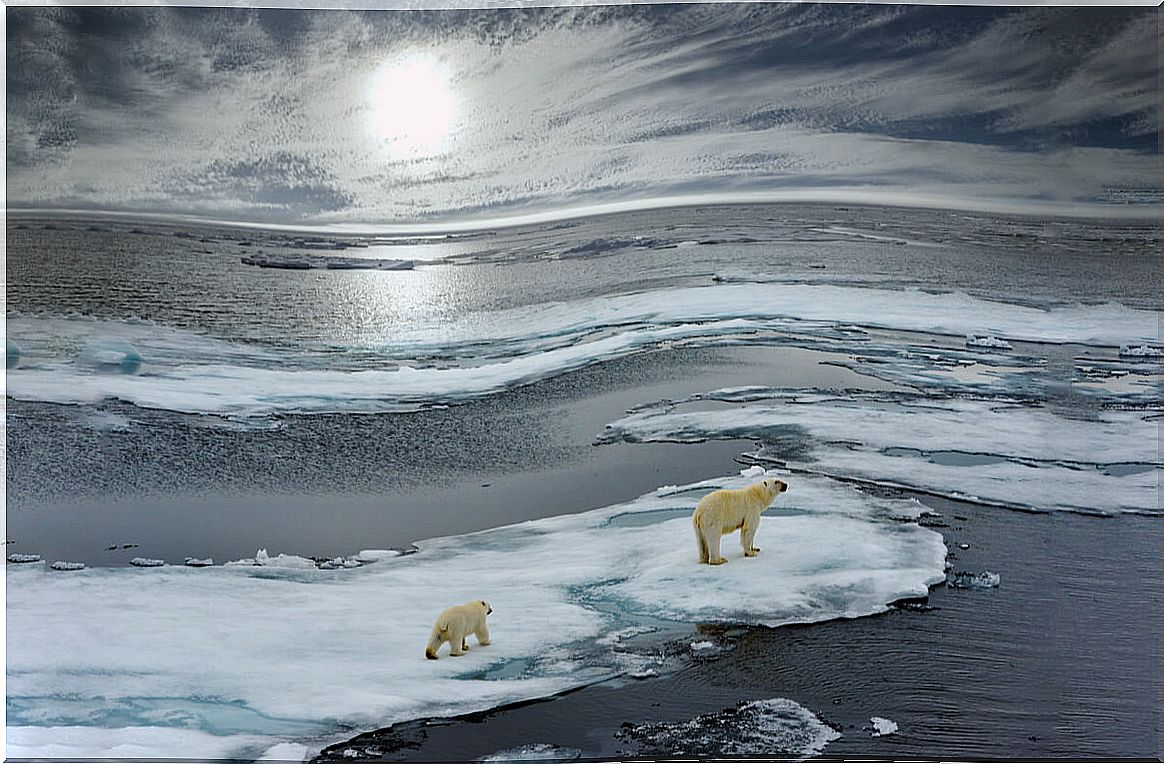
As you have seen, inclement weather causes very characteristic evolutionary pressures on the animals of Antarctica. It is vitally important to know them to preserve them, since they are some of the living beings that are most threatened by climate change.
